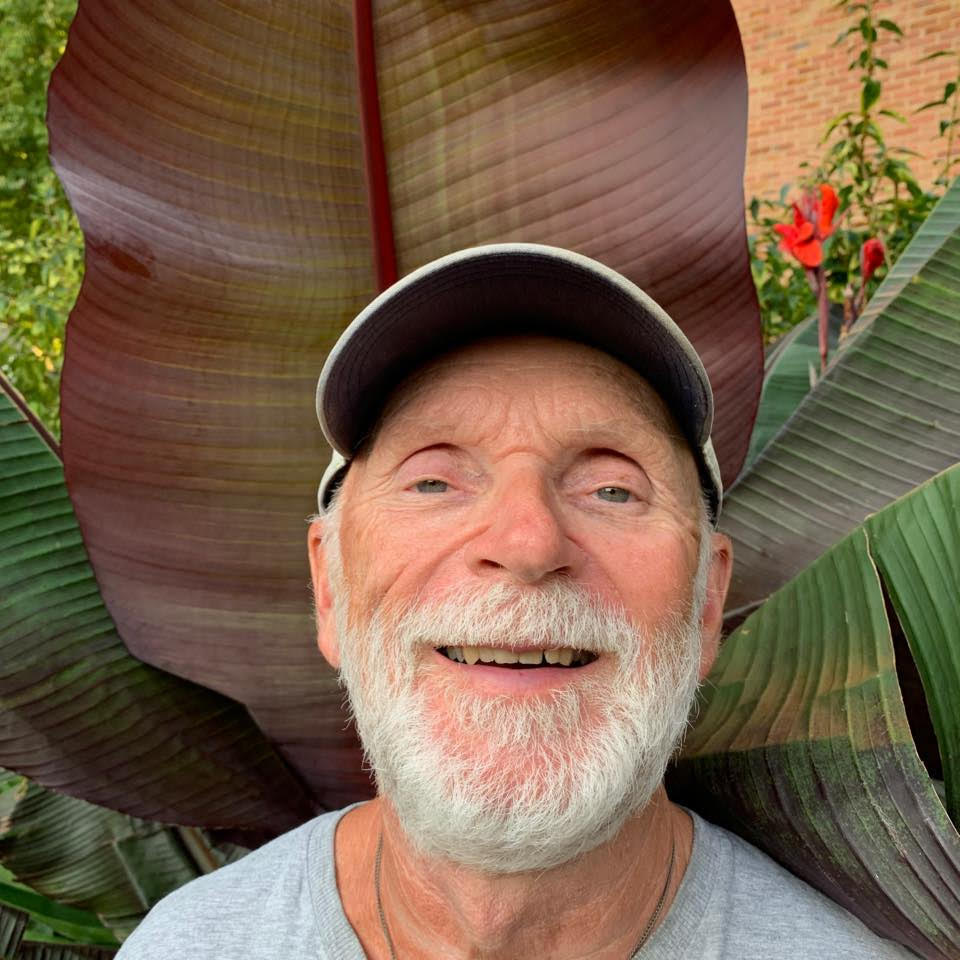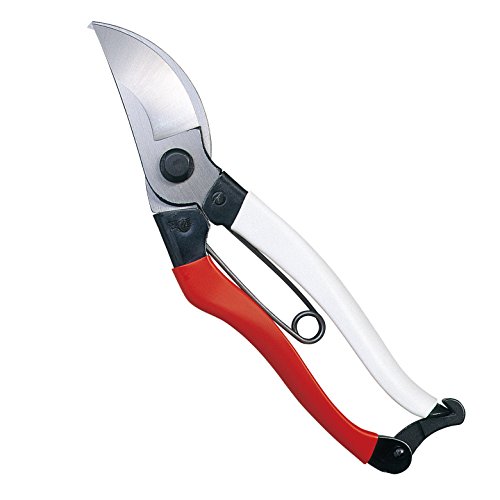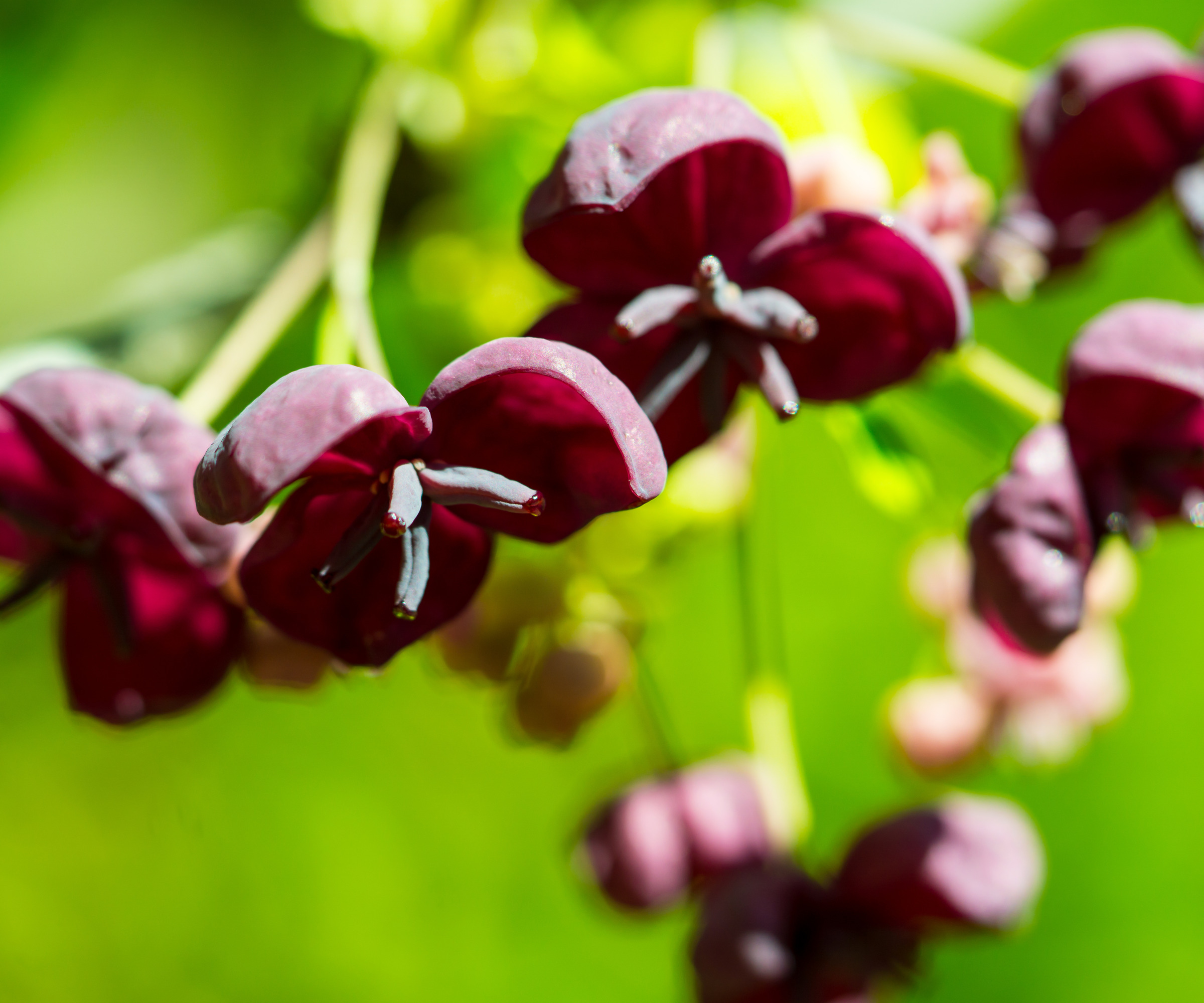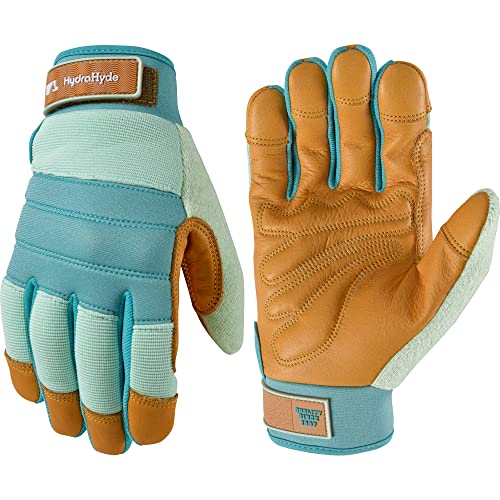Invasive climbers never to grow – 5 vines to avoid and what you should grow instead
Many invasive climbers can quickly cover garden walls and fences, out-competing other vines


Climbing plants are useful additions to our outside spaces. Even in small terraces or on balconies, growing vertically can maximize greenery. Think fragrant jasmine flowers perfuming the air in the summertime or romantic climbing roses draped over a pergola. Some climbers, however, are considered invasive plants, growing at an alarming rate, self-propagating and out-competing other species.
As a former professional gardener, I have grown and cared for hundreds of climbing plants in several gardens across the UK. While most climbers are manageable and can be contained, some are more problematic. I once had to battle with an overgrown Virginia creeper, Parthenocissus quinquefolia, that had covered the exterior walls of a home in London. Over time, it had swamped and killed other plants. Invasive climbers like this, therefore, should be avoided.
Here, I reveal some of the most problematic invasive climbers to avoid planting in your yard, with suggestions on what species to opt for instead. So, if you have already done your homework on what invasive perennials or invasive weeds to keep out of your borders, our guide has all the information you need to know about invasive climbers to keep out of your plot.

Invasive climbers to never plant
There are approximately 150 vines that are considered invasive plants across North America. While many of these produce attractive foliage or brilliant blooms, these vigorous invasive climbers can quickly cause problems. Here, we reveal five species to avoid, while also providing alternative climbing plant suggestions that can be grown without any fear of them dominating.
1. Maypop

'Passion flowers are prized for their beautiful, striking blooms,' says Myles Stewart Irvine, garden expert and passion flower breeder. 'Some, however, are considered remarkably aggressive vines across the United States and should be avoided by gardeners.
'While it is a native plant, the Maypop, Passiflora incarnata, as seen above, can become a nuisance,' Myles adds. 'It is remarkably vigorous and will throw up runners everywhere, much like the common passion flower, Passiflora caerulea. Another species, Passiflora biflora, produces masses of white flowers that are charming, but this vigorous species is considered dangerous in Florida.'
Myles recommends growing passion flower hybrids instead of straight species, as they tend to produce fewer runners and fruits. There are many to pick from, but ’Snow Queen', ‘Clear Sky’ and ‘Lady Margaret’ are all good colorful options that can be grown in sunny spots from US hardiness zone 8 plus.
For an unusual option, try this 'Scarlet Flame' passionflower, available from Amazon, which produces bright red blooms. As a hybrid, this passionflower species can easily be kept in check.

Myles has been breeding passion flowers since the late 1980s, releasing a number of hybrids since then. He created the Passiflora online site in 2000, and edited the Passiflora online journal. He keeps himself & his neighbors busy with his tropical garden.
2. Sweet autumn clematis

While the sweet autumn clematis, Clematis terniflora, has attractive white flowers and intricate seedheads in the fall and winter, this species is considered a problematic vining plant across North America. Today, this clematis is categorized as invasive in many states, including Alabama, Florida, Georgia, Illinois, Maryland, New Jersey, Tennessee and Virginia.
If you only have one or two small plants, annual pruning to the base will keep them under control, although the sap is a skin irritant so be sure to wear strong, thick gardening gloves, like these from Amazon. You will need to remove the roots if you want to prevent this clematis from returning, although for larger infestations, it is probably advisable to seek professional help.
Instead, if you are looking to grow clematis vines this year, consider planting pale leather flowers. 'These are some of our best native clematis vines,' says plant expert, Katie Sunderlage. 'They have unusual, vase-like blooms, and can be grown from US hardiness zone 5 plus, ideally in a full-sun or part-shade position.' Clematis crispa, or the swamp leather flower, seeds are available from Amazon.

With a stunning red and white design, these beautiful Okatsune pruners will make for easy work when cutting back invasive climbers.

Operations Manager at Holland Group, managing the customer service department and purchasing. Katie has been in the green industry since 2005 in the Greater Milwaukee area, earning her degree in Horticulture in 2008. She has been able to share her love for plants working in multiple garden centers, in sales positions and most recently in an online retail platform at Holland Group.
3. Japanese honeysuckle

Native to Asia, the Japanese honeysuckle, Lonicera japonica, is perhaps one of the most prevalent vines found growing across North America. Originally introduced to New York in the 1800s, this species can today be seen throughout much of the United States.
Japanese honeysuckle is found as far north as US hardiness zone 4 and thrives in both sun, shade and poor soils, meaning it can thrive almost anywhere. It is reported as invasive in many states, including Maine, Florida, Wisconsin and Texas.
Small Japanese honeysuckle infestations can be controlled, typically by cutting the vines and removing the roots. Larger infestations can be more problematic, but strimming or mowing can be used to clear overgrown areas. Repeating this will eventually weaken and kill the plant.
If you are keen to grow honeysuckle, choose instead one of the best honeysuckles that are less vigorous, such as Florida Dutch honeysuckle, Lonicera periclymenum ‘Florida’ (syn. Lonicera periclymenum ‘Serotina’). This species can be grown from zone 5 to zone 9, and with richly scented yellow and red flowers, it is a real showstopper. Live honeysuckle plants are available from Amazon.
4. Chocolate Vine

With striking crimson-chocolate flowers that produce a slightly spiced fragrance, it is hard not to be impressed by the chocolate vine. I cared for a large specimen when working at the Garden Museum in London four years ago, which fortunately was grown separately from the main borders, meaning that it did not send up runners or shoots in other parts of the garden.
When left unchecked, however, the chocolate vine, Akebia quinata, is a fast-growing flowering vine that is classified as invasive in many states, including Kentucky.
Once established, the chocolate vine can grow through other plants, creating a tangled mess. If there is nothing to support it, this species can also form an impenetrable ground cover. While beautiful, it is always best to consult with your local government office to ascertain whether this climber should or should not be grown.
If this species is considered invasive in your region, opt to grow the native trumpet honeysuckle, Lonicera sempervirens, which has striking coral blooms that produce a heady scent. This vigorous but not invasive honeysuckle can grow from US hardiness zone 4 plus and has a preference for part-shade. Trumpet honeysuckle live plants are available from Amazon.
5. Trumpet vine

Native to the eastern United States, the trumpet vine, Campsis radicans, is considered an invasive climber across much of North America. While it produces brilliant and brightly colored blooms, it has a tendency to clamber up trees and shrubs quickly and can grow in excess of 40 feet.
What's more, trumpet vine shoots produce aerial roots that allow them to attach easily to any surface. This can damage exterior walls and fences and prove challenging when removing this vigorous vine.
Instead, consider growing one of the best aster varieties, Ampelaster carolinianus, otherwise known as the climbing aster. This unusual native plant can be grown from US hardiness zone 6, with a preference for a sunny position. During summer, your vertical surfaces will be full of lilac daisy flowers, often lasting late into the fall.
FAQs
Are wisteria climbers considered invasive?
Both the Chinese wisteria, Wisteria sinensis, and the Japanese wisteria, Wisteria floribunda, are deemed to be invasive climbers in the United States, including in Texas, Illinois and Florida. Both of these species are fast-growing and can produce a large amount of shoots and runners each year which are difficult to control. Instead, try growing the native American wisteria, Wisteria frutescens, which has a less vigorous nature. This species grows best in full sun in zones 5 to 9. American wisteria live starter plants are available from Amazon.
If you have just moved into a new home and your yard is covered with problematic invasive climbers, you should take action quickly. For smaller-scale problems, you can cut back and dig out unwanted vines, using a spade to remove as much of the root ball as possible. If you have a large-scale problem, however, it is often best to call in a professional.
For more information on problematic plants, see our guide on invasive bulbs that can quickly propagate and become a nuisance in any backyard.
Sign up to the Homes & Gardens newsletter
Design expertise in your inbox – from inspiring decorating ideas and beautiful celebrity homes to practical gardening advice and shopping round-ups.

Thomas is a Content Editor within the Gardens Team at Homes and Gardens. He has worked as a professional gardener for both public spaces and private estates, specializing in productive gardening, growing food and flowers. Trained in Horticulture at the Garden Museum, he has written on gardening and garden history for various publications, including The English Garden, Gardens Illustrated, Hortus, The London Gardener and Bloom. He has co-authored a Lonely Planet travel book, The Tree Atlas, due out in 2024.
-
 5 key trends from Milan Design Week that are going to change the design direction of 2025
5 key trends from Milan Design Week that are going to change the design direction of 2025From floating furniture to silvered surfaces, here's my perspective on the key themes and new moods coming through from Milan Design Week 2025
By Pip Rich Published
-
 The rumours are true, the NYC trend for fringes and trimmings is actually happening – they are the secret weapon for making a room look expensive
The rumours are true, the NYC trend for fringes and trimmings is actually happening – they are the secret weapon for making a room look expensiveA trim or a ruffle is the finishing touch that can take a scheme from ordinary to the extraordinary in an instant
By Jennifer Ebert Published
-
 How to grow impatiens – garden experts reveal the secrets to growing this shade-tolerant, sparkling summer plant
How to grow impatiens – garden experts reveal the secrets to growing this shade-tolerant, sparkling summer plantBoth 'Busy Lizzie' and 'New Guinea' impatiens can thrive in shady yards
By Ellen Wells Published
-
 How to grow astilbe – expert advice on cultivating this shade-tolerant flowering perennial
How to grow astilbe – expert advice on cultivating this shade-tolerant flowering perennialShade-tolerant and pest-resistant - astilbe are hardy and tough perennials that can thrive in many settings
By Ellen Wells Published
-
 7 native perennials to plant in April – for glorious flowering displays to attract bees, butterflies, and hummingbirds
7 native perennials to plant in April – for glorious flowering displays to attract bees, butterflies, and hummingbirdsDiscover some of the best perennials to plant in April to make your garden a hotspot for wildlife
By Drew Swainston Published
-
 Is the viral salt hack the secret to a weed-free patio? A garden expert warns of irreparable, long-term damage – plus reveals the safest way to get results
Is the viral salt hack the secret to a weed-free patio? A garden expert warns of irreparable, long-term damage – plus reveals the safest way to get resultsYou might have seen gardeners on TikTok or Instagram using salt to kill weeds in pavers, but this hack should be avoided at all costs
By Thomas Rutter Published
-
 Worst-smelling plants to avoid – experts reveal 5 pungent species and suggest perfumed options to grow instead
Worst-smelling plants to avoid – experts reveal 5 pungent species and suggest perfumed options to grow insteadThese are some of the worst-smelling plants that can cause quite a stink
By Thomas Rutter Published
-
 How to fertilize magnolias – garden experts reveal the secrets to better blooming, and timing is critical
How to fertilize magnolias – garden experts reveal the secrets to better blooming, and timing is criticalMagnolias are famed for their spring flowers, and feeding at the right time can give trees a boost
By Thomas Rutter Published
-
 How to revive old rhododendron plants – pruning advice from a professional gardener to save your struggling shrubs
How to revive old rhododendron plants – pruning advice from a professional gardener to save your struggling shrubsWith the right pruning approach, you can rejuvenate old and woody rhododendrons
By Thomas Rutter Published
-
 How to grow medlar trees – to enjoy a harvest of unusual fruits from this forgotten heritage species
How to grow medlar trees – to enjoy a harvest of unusual fruits from this forgotten heritage speciesMedlar fruits were once a popular delicacy, yet today, they are a rare find
By Thomas Rutter Published


